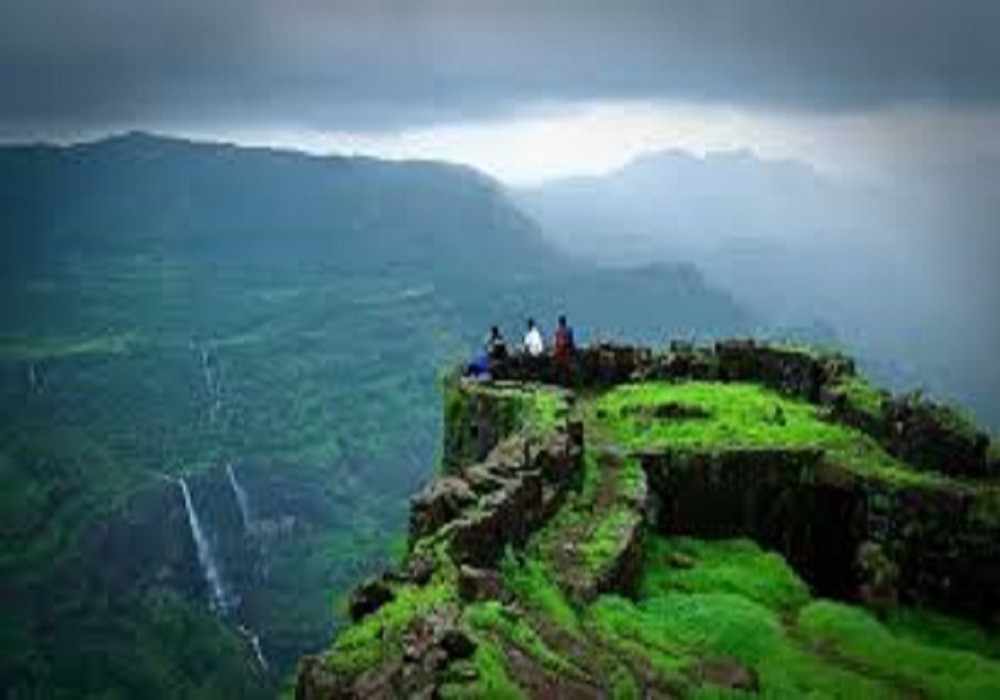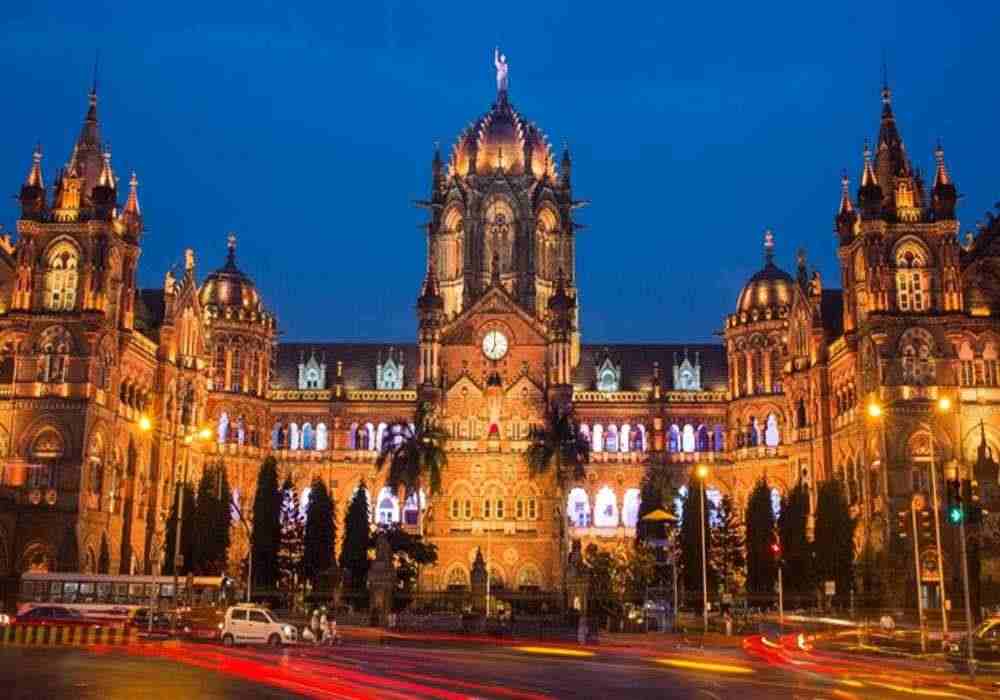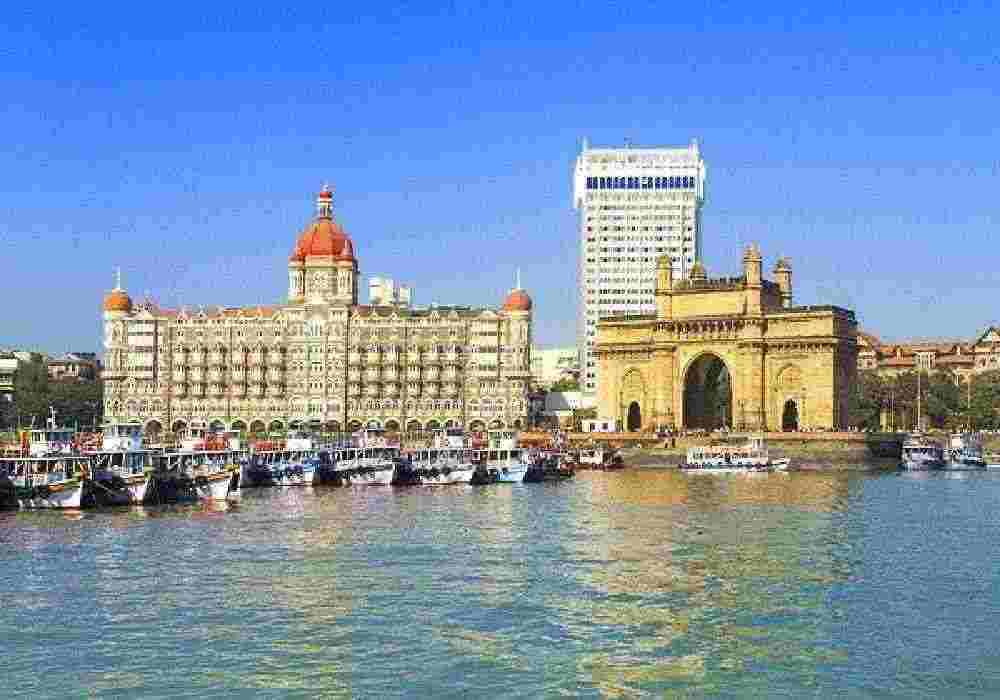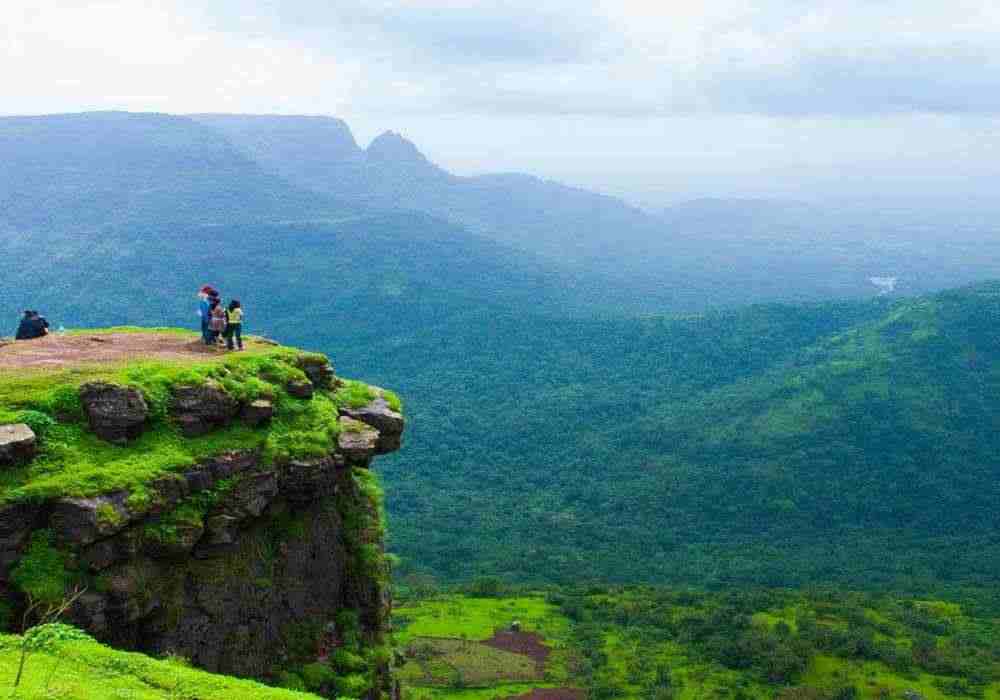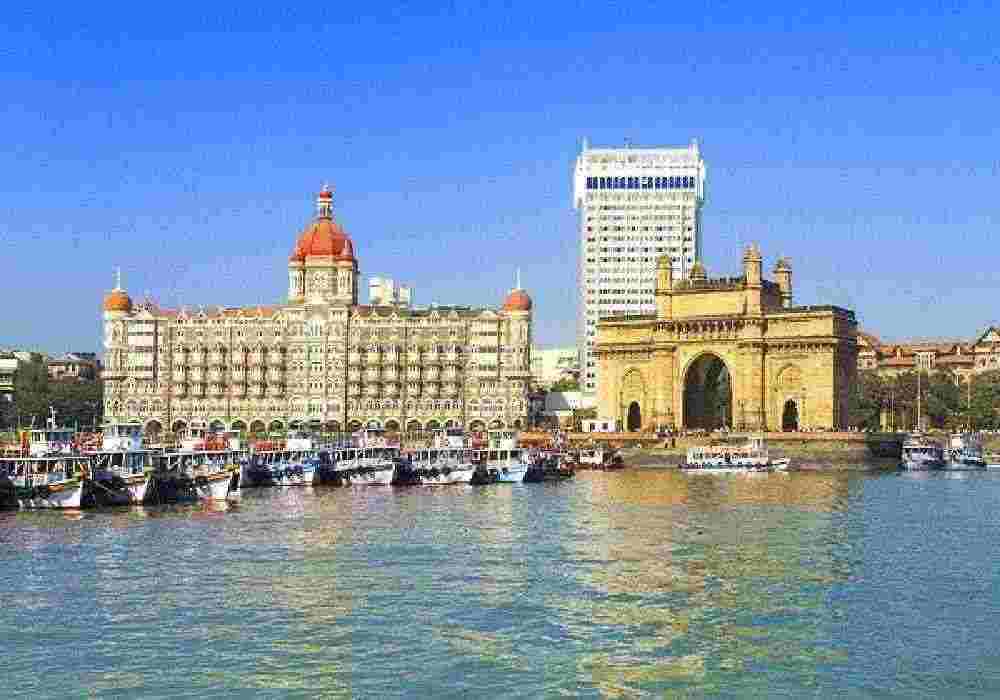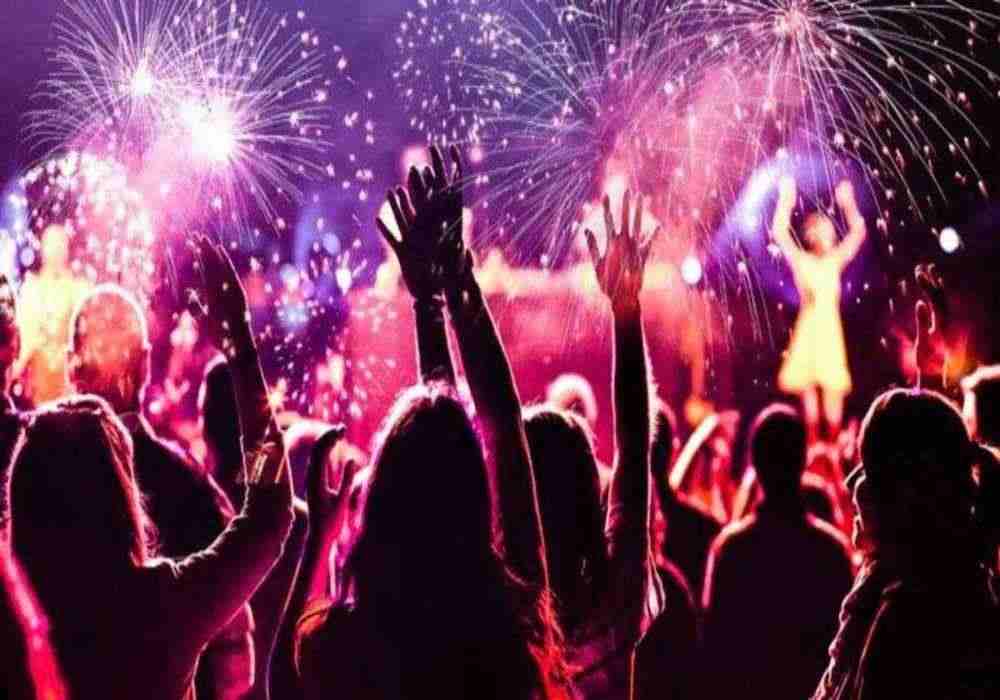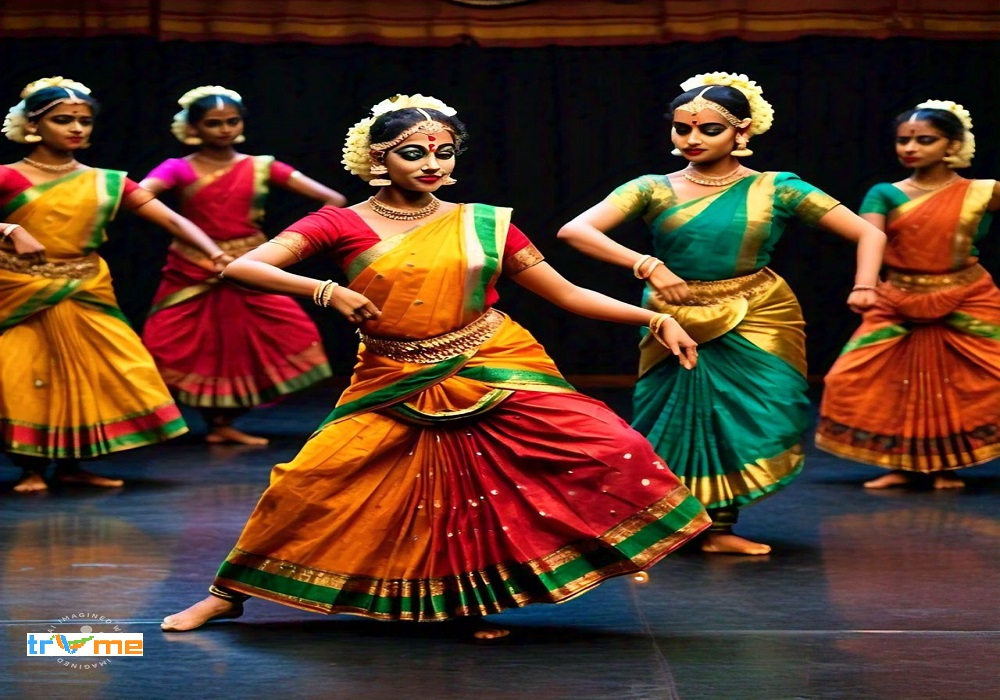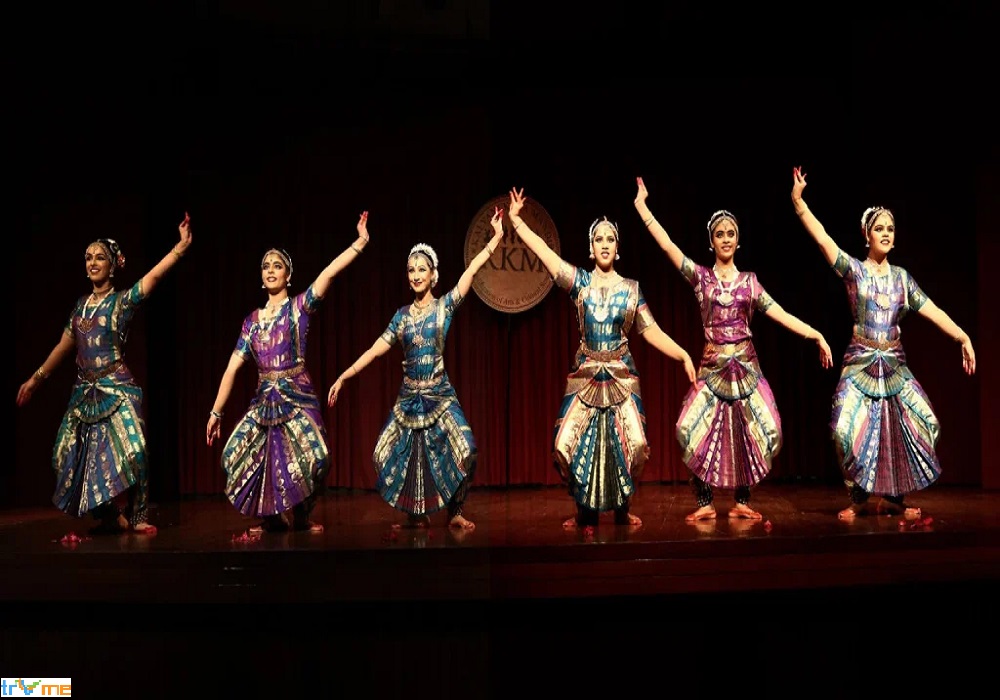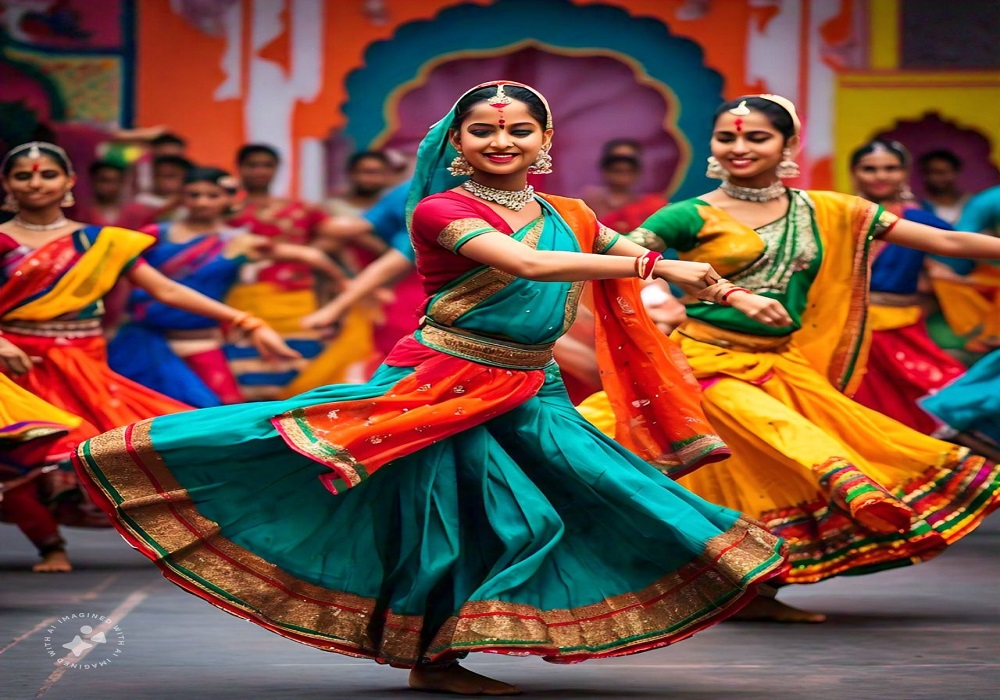Maharashtra Dance Troupe
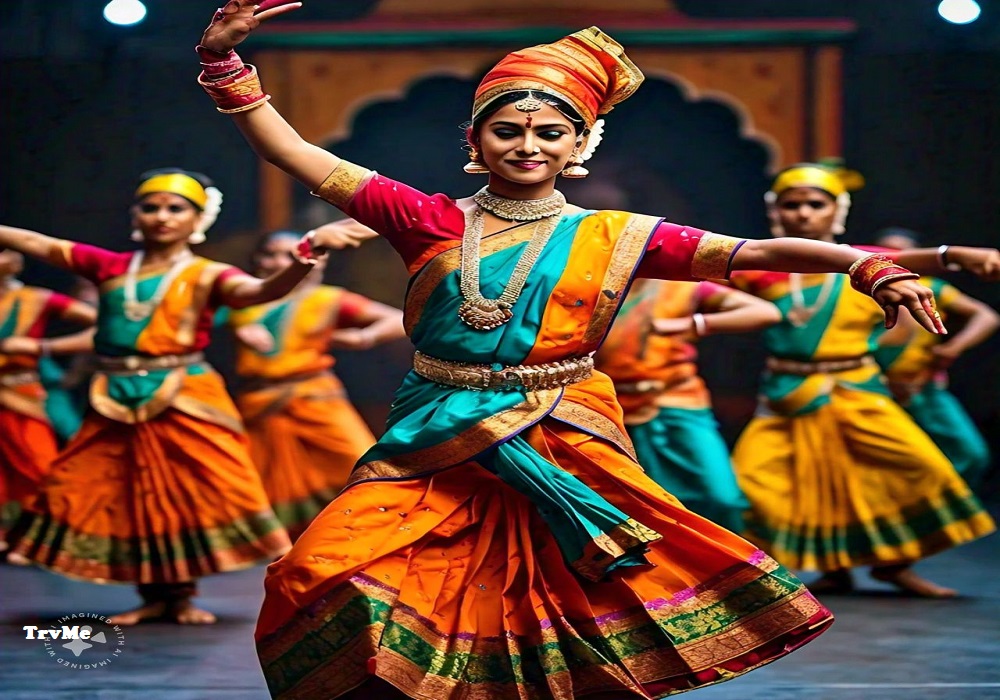
Published: 25 Jul 2024 • Last Updated: 25 Jul 2024
Maharashtra Dance Troupe
Maharashtra, located in the western part of India, is a state rich in cultural diversity and heritage. It is known for its vibrant traditions and colorful festivals, which are often celebrated with an array of dance forms. The folk dances of Maharashtra reflect the state's rich history and cultural ethos. The Maharashtra Folk Dance Troupe showcases a variety of dances that capture the spirit and essence of the state.
In this article, we will explore the different types of classical, folk, and tribal dance forms of Maharashtra. We'll dive into the unique features of each dance, including their origins, costumes, music, and occasions on which they are performed. Whether you're seeking a Maharashtra dance troupe provider for an event or interested in learning about the dances at a Maharashtra dance institute, this guide will provide a comprehensive look at the fascinating world of Maharashtra's dance traditions.
Classical Dance Forms of Maharashtra
While Maharashtra is more renowned for its folk dances, it also boasts significant classical dance forms that contribute to India's rich cultural tapestry. Here, we explore the classical dance forms prominent in Maharashtra.
1. Lavani
Lavani is one of the most famous dance forms of Maharashtra and is often performed during cultural festivals and celebrations. This classical dance form combines traditional song and dance, and it is known for its powerful rhythm and vibrant movements. Lavani is typically performed by women and is famous for its quick tempo and traditional tunes.
Occasions:
- Lavani is primarily performed during the festival of Ganesh Chaturthi and other festive occasions.
- It is also a significant feature of the Maharashtra folk dance troupe performances.
Dress Code:
- The dancers wear a nine-yard long saree known as the Nauvari saree, which allows for flexibility and movement.
- Jewelry like bangles, necklaces, and earrings are worn, along with traditional makeup.
Props:
- Hand fans and handkerchiefs are often used as props during the dance.
Music:
- Lavani is accompanied by traditional instruments such as the dholki and manjeera.
- The songs are usually in Marathi and are often performed live by accompanying singers.
2. Bharatanatyam
Although Bharatanatyam originated in Tamil Nadu, it is a classical dance form practiced and celebrated in Maharashtra. This dance form is known for its grace, purity, tenderness, and sculpturesque poses.
Occasions:
- Bharatanatyam is performed during temple festivals and religious ceremonies.
- It is also showcased in dance competitions and cultural events.
Dress Code:
- The costume consists of a sari with a pleated fan-like structure in front that enhances the dance movements.
- Traditional jewelry is worn on the forehead, ears, neck, and ankles.
Props:
- Dancers occasionally use veils and hand fans to enhance the storytelling aspect of the dance.
Music:
- Carnatic music accompanies Bharatanatyam, using instruments like the mridangam, violin, and flute.
- The dance narrates stories and themes from ancient Indian epics and mythology.
3. Kathak
Kathak is a classical dance form that narrates stories through rhythmic foot movements, hand gestures, facial expressions, and spins. It has its roots in North India but is also popular in Maharashtra, especially in urban areas like Mumbai.
Occasions:
- Kathak is performed during cultural festivals, stage performances, and dance recitals.
- It is a popular choice for both solo and group performances in Maharashtra dance institutes.
Dress Code:
- Female dancers wear anarkali suits with churidar and dupatta, while male dancers wear kurtas with churidar.
- The dancers often wear ghungroos (ankle bells) that accentuate the rhythmic footwork.
Props:
- Storytelling is emphasized, with hand gestures and facial expressions playing a crucial role, eliminating the need for physical props.
Music:
- Classical Hindustani music, featuring instruments like the tabla and sitar, accompanies the dance.
Folk Dance Forms of Maharashtra
Maharashtra's folk dances are vibrant and lively, reflecting the social fabric and traditions of the local communities. These dances are integral to various festivals and celebrations, performed by both professional troupes and local villagers.
1. Koli Dance
The Koli Dance is a traditional folk dance of the Koli community, who are the fisherfolk of Maharashtra. This dance vividly portrays their lifestyle and culture, showcasing the community's deep connection with the sea.
Occasions:
- The Koli Dance is performed during local festivals and community gatherings.
- It is also showcased during cultural programs and events by Maharashtra dance troupe providers.
Dress Code:
- Men wear lungis and kurtas, while women adorn themselves in colorful sarees with traditional jewelry.
- The attire resembles the vibrant colors of the sea and the fishing community's daily life.
Props:
- Fishing nets and oars are used as props to represent their occupation and daily activities.
Music:
- Traditional Marathi folk songs are played, with instruments like the dholki and sampal.
- The rhythm of the music reflects the waves and the movement of the sea.
2. Tamasha
Tamasha is a lively folk dance and theater form that originated in Maharashtra. It combines singing, dancing, and dramatic storytelling, often incorporating humor and social commentary.
Occasions:
- Tamasha is performed during festive occasions, fairs, and cultural festivals.
- It is a staple performance at rural gatherings and by Maharashtra dance troupes at various events.
Dress Code:
- Performers wear colorful costumes, with women in ornate sarees and men in traditional dhotis and kurtas.
- Heavy makeup and traditional jewelry are used to enhance the theatrical aspect.
Props:
- Drums and other musical instruments are used during performances.
- Handheld props like scarves and canes are often used for dramatization.
Music:
- The music is vibrant and includes instruments like the dholak, santoor, and harmonium.
- Songs are often narrative, telling stories from folklore and local tales.
3. Dhangari Gaja
Dhangari Gaja is a folk dance form performed by the shepherd community of Maharashtra, known as the Dhangars. This dance is a tribute to Lord Biruba, the community's deity, and reflects their pastoral lifestyle.
Occasions:
- It is performed during religious festivals and community celebrations.
- The dance is a regular feature at cultural events showcasing rural Maharashtra.
Dress Code:
- Men wear traditional dhotis, turbans, and waistcoats, while women wear sarees.
- The attire is simple yet vibrant, reflecting the shepherd community's humble lifestyle.
Props:
- Sticks and handkerchiefs are used as props to symbolize shepherd life and activities.
Music:
- Folk instruments like the dholki, sambal, and tutari accompany the dance.
- The songs praise the deity and narrate stories of the shepherds' lives.
4. Povadas
Povadas are traditional folk ballads that narrate the tales of the great Maratha warrior, Chhatrapati Shivaji Maharaj. This dance form combines music, dance, and storytelling to keep the history and valor of the Maratha empire alive.
Occasions:
- Performed during Shivaji Jayanti and other historical celebrations.
- A common feature at cultural events, especially those organized by Maharashtra dance institutes.
Dress Code:
- Male performers wear dhotis and turbans, while female performers wear nauvari sarees.
- The costumes are reminiscent of the Maratha period, reflecting historical accuracy.
Props:
- Swords and shields are used to depict battles and warrior spirit.
Music:
- The music is heroic and uses instruments like the dhol, mridangam, and tutari.
- Songs are powerful ballads narrating the bravery and valor of Shivaji Maharaj.
5. Lezim Dance
Lezim is a vigorous folk dance form performed with small musical instruments called Lezim. It is often performed in groups and is known for its energetic movements and rhythmic beats.
Occasions:
- Performed during festivals like Ganesh Chaturthi and Holi.
- It is a part of the physical education curriculum in many Maharashtra schools.
Dress Code:
- Performers wear colorful dhotis and turbans, with women in traditional sarees.
- The costumes are vibrant and allow for freedom of movement.
Props:
- Lezim, a small wooden instrument with jingles, is used to create rhythmic sounds.
- Dandiyas or sticks are also used in some variations of the dance.
Music:
- Percussion instruments like the dholki and zanj provide the musical backdrop.
- The rhythm is fast-paced, matching the energetic movements of the dancers.
Tribal Dance Forms of Maharashtra
Maharashtra is home to several tribal communities, each with its unique dance forms that reflect their distinct cultural identities. These dances are often tied to religious rituals and community gatherings.
1. Tarpa Dance
Tarpa Dance is a tribal dance form of the Warli tribe, who reside in the northern regions of Maharashtra. This dance is performed during harvest season and community celebrations, symbolizing unity and joy.
Occasions:
- Performed during harvest festivals and tribal gatherings.
- A regular feature at Warli community events and celebrations.
Dress Code:
- The dancers wear traditional attire made from locally sourced materials, often in earthy tones.
- Tribal jewelry and headgear are worn to enhance the traditional look.
Props:
- The Tarpa, a wind instrument made from bamboo, is used by one of the dancers, while others form a circle and dance around.
Music:
- The Tarpa instrument is central to the dance, producing melodious tunes.
- The rhythm is slow and harmonious, reflecting the natural surroundings.
2. Gondhal Dance
Gondhal is a ritualistic dance form practiced by the Gondhali community of Maharashtra. It is performed to invoke deities and seek their blessings, often accompanied by storytelling.
Occasions:
- Performed during religious ceremonies and auspicious events like weddings.
- A part of rituals dedicated to deities like Bhavani and Renuka.
Dress Code:
- Performers wear traditional dhotis and turbans, with women in sarees.
- The attire is simple, reflecting the community's humble lifestyle.
Props:
- Ritualistic items like cymbals and lamps are used during performances.
- Masks and other props may be used for storytelling.
Music:
- Instruments like the sambal, tutari, and dhol accompany the dance.
- The music is devotional, with songs praising deities and narrating mythological tales.
3. Dindi Dance
Dindi is a devotional dance form performed by the Varkari community of Maharashtra. It is a part of the religious procession during the annual pilgrimage to Pandharpur, dedicated to Lord Vithoba.
Occasions:
- Performed during the Ashadhi Ekadashi pilgrimage and other Varkari gatherings.
- It is a significant aspect of religious events and temple festivals.
Dress Code:
- Male dancers wear dhotis and kurtas, while female dancers wear sarees with traditional jewelry.
- The attire is simple, reflecting the community's spiritual devotion.
Props:
- Handheld cymbals and small drums are used during the dance.
- Flags and banners with religious symbols are also carried by the dancers.
Music:
- Devotional songs and bhajans are sung, accompanied by instruments like the mridangam and harmonium.
- The music is spiritual, emphasizing devotion and faith.
4. Bohada Dance
Bohada is a mask dance form performed by the tribal communities of Maharashtra, especially the Thakar tribe. This dance represents various deities and mythological characters through colorful masks and costumes.
Occasions:
- Performed during tribal festivals and community celebrations.
- A part of rituals and ceremonies honoring tribal deities.
Dress Code:
- Performers wear traditional tribal attire, often adorned with elaborate masks.
- The costumes are vibrant and intricate, reflecting the characters being portrayed.
Props:
- Masks representing deities and mythological figures are central to the dance.
- Traditional musical instruments are used to accompany the performance.
Music:
- Folk instruments like the dholki and sampal provide rhythmic beats.
- Songs narrate stories of tribal legends and deities.
Maharashtra Dance Troupe Provider
If you are looking to experience the rich dance traditions of Maharashtra, hiring a Maharashtra Dance Troupe Provider can bring authenticity and cultural depth to your event. These professional troupes offer performances of various dance forms, from the classical Lavani to the vibrant Koli dance, ensuring a captivating experience for audiences.
Benefits of Hiring a Dance Troupe Provider:
- Cultural Expertise: Professional troupes have trained dancers who are well-versed in traditional dance forms and can provide an authentic performance.
- Variety of Performances: Troupes offer a range of dances, catering to different themes and events, from cultural festivals to corporate gatherings.
- Customized Shows: Dance troupe providers can tailor performances to suit the occasion, ensuring a memorable and engaging experience for the audience.
Maharashtra Dance Institute
For those interested in learning the dance forms of Maharashtra, enrolling in a Maharashtra Dance Institute offers an opportunity to gain in-depth knowledge and training. These institutes provide classes for various dance forms, catering to beginners and advanced learners alike.
Courses Offered:
- Classical Dance Training: Institutes offer courses in Bharatanatyam, Kathak, and other classical forms, focusing on technique, rhythm, and expression.
- Folk Dance Workshops: Students can learn Lavani, Koli, and other folk dances, understanding their cultural significance and performance techniques.
- Tribal Dance Exploration: Institutes provide workshops on tribal dances like Tarpa and Gondhal, allowing students to explore the diversity of Maharashtra's dance traditions.
Why Choose a Dance Institute?
- Experienced Instructors: Dance institutes have skilled instructors with years of experience in teaching and performing.
- Structured Curriculum: Institutes offer a well-structured curriculum, ensuring comprehensive learning and skill development.
- Performance Opportunities: Students have the chance to participate in events and showcases, gaining valuable stage experience.
Maharashtra's dance forms are a testament to the state's rich cultural heritage and vibrant traditions. From the graceful Bharatanatyam to the lively Lezim, each dance form offers a unique glimpse into the region's history, beliefs, and lifestyle. Whether you are an enthusiast seeking to learn these dances or someone looking to hire a Maharashtra Dance Troupe Provider for an event, the diversity and richness of Maharashtra's dance traditions are sure to captivate and inspire.
By engaging with the folk, classical, and tribal dances of Maharashtra, one can experience the state's cultural tapestry and celebrate the artistry and creativity that define its people. Whether performed on stage or learned in a Maharashtra Dance Institute, these dances continue to be a source of joy, unity, and cultural pride for the people of Maharashtra and beyond.

